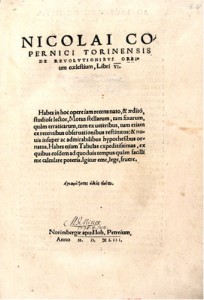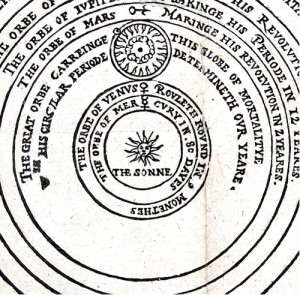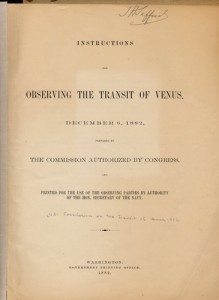Click on any thumbnail for a larger image.
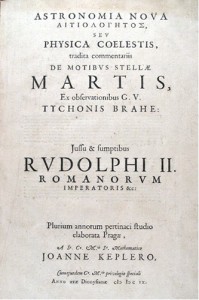
The title page of Kepler’s “Astronomia Nova” (1609), in which he advanced his first two laws.
(Courtesy of Jay M. Pasachoff)
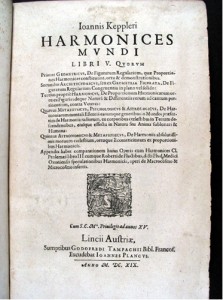
The title page of Kepler’s “Harmonices Mundi” (1619), in which he advanced his third law.
(Courtesy of Jay M. Pasachoff)

The title page of Kepler’s “Rudolphine Tables,” from which he predicted transits of Mercury and of Venus in 1631.
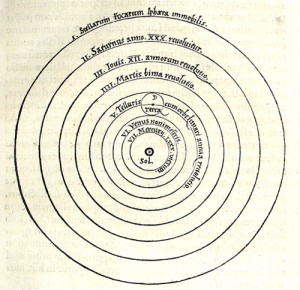
Copernicus’s famous sun-centered diagram from his “De Revolutionibus” (1543).
(Courtesy of Jay M. Pasachoff)

